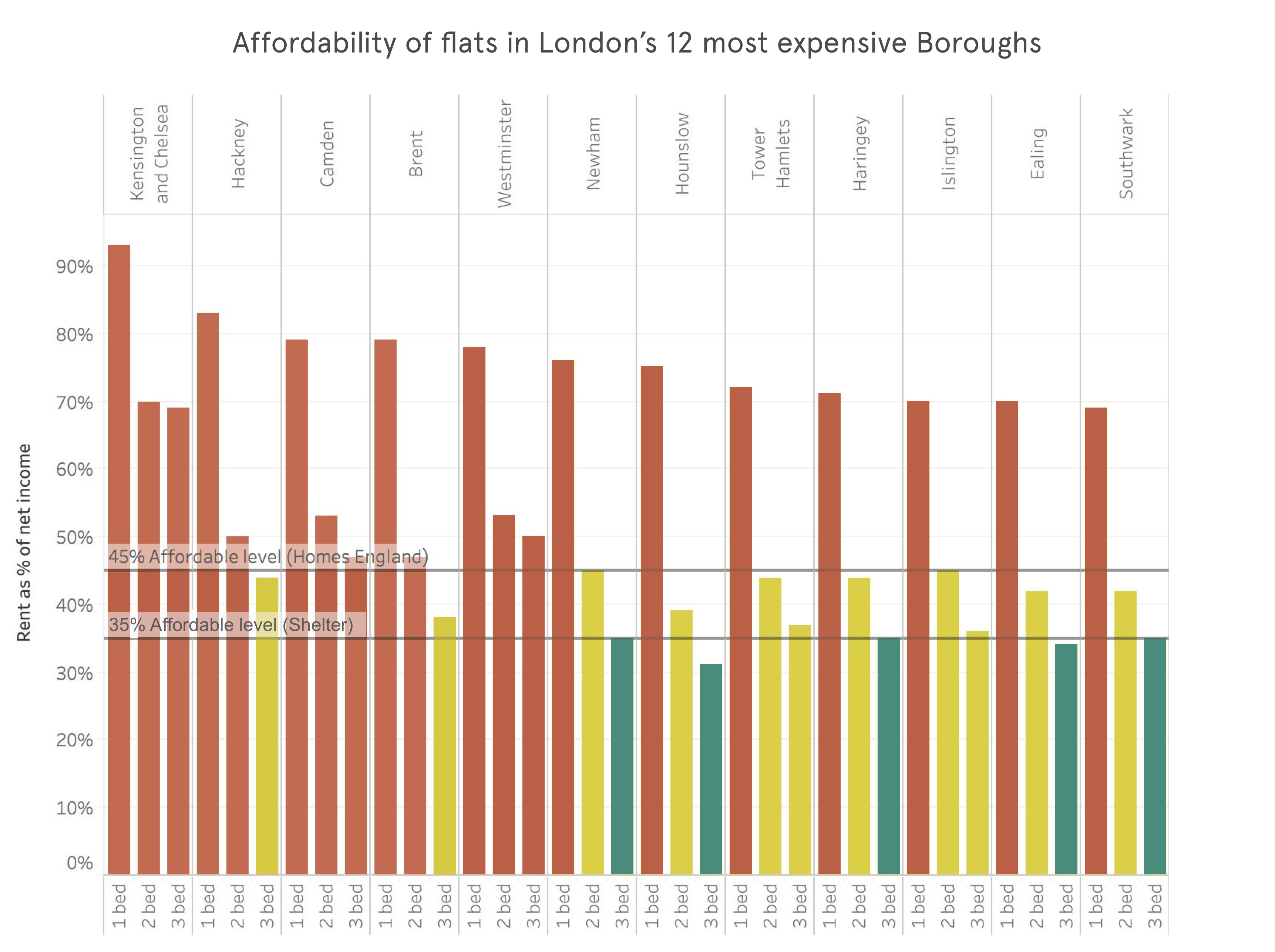The value of the sharer demographic to Build to Rent
When invited to speak at the BisNow BTRAC earlier this month in their new Fight Club debate I didn’t hesitate to say yes as, those who know me well will testify to, I am not afraid of a good argument.
Tasked with advocating the polarised position that ‘The need for Build to Rent (BTR) in London is greater than the regions,’ I knew from the start I would need to find some compelling evidence to substantiate the argument considering the reality is that BTR is a national and diverse market in terms of location, product offering and target demographics.
My research became a bit of a rabbit hole, easily slipped into, as I unearthed some shocking statistics on well-being.
Needless to say, it was not difficult to see where the BTR sector will play its part in overcoming and helping create a healthier society.
Loneliness

As this week is Loneliness Awareness Week it feels topical to talk about some of these issues and what the BTR sector can, and is, doing to tackle them.
Firstly, loneliness is a national problem.
According to the Office of National Statistics (ONS) research, Britain is the loneliness capital of Europe. We are less likely to have strong friendships or know our neighbours than inhabitants of any other country in the EU!
More pertinent for the BTR sector, the most recent ONS loneliness research worryingly highlights 1 of the top 3 profiles of people whose combined characteristics are more likely to make them feel more lonely more often are;
‘young renters with little trust and sense of belonging to their area.’
As far a London goes, in the 2017 Time Out City Index survey, out of 18 global cities London came out as THE loneliest, 17th for sociability and only 7% of people said the city was a good place to make friends! Londoners are also 14% less likely than inhabitants of the average city to have made a new friend.
And perhaps most shockingly of all;
The end of a private sector tenancy is now London’s leading cause of homelessness!
Community

Those within the internal build to rent ‘community’ know how central to the concept of BTR that very element, “community,” is!
But what does it actually mean?
The traditional definition is;
“A group of people living in the same place or having a particular characteristic in common”
In the BTR sector, commentators have defined community as “living with like-minded people.” Others have said it’s about “creating a neighbourhood and can only be achieved in large scale developments” and others argue that “community develops organically if the conditions are provided to facilitate it.”
Whilst there is no doubt that living within the same space, i.e. the actual apartment, with like-minded people is a good recipe for a happy household, a community can, and should, be made up of a diverse mix of people with lots of different views.
Perhaps a better definition of community would be;
‘A group of people that care about each other and feel that they belong together.’
Caring about each other is the absolute core of a community. When people care about each other they develop relationships and trust.
It is just as much the responsibility of the operators of BTR schemes, large or small, to demonstrate that they care about their residents, developing a direct trust relationship, as it is creating the opportunity for residents to develop relationships and trust with each other.
Ultimately these two combined will create a sense of belonging.
So long as the key elements of trust and relationships are prioritised, a community can be created just about anywhere.
Sharing v Co-Living?

Perhaps one of the most obvious solutions to loneliness and one which facilitates that sense of community is sharing.
Again, the most recent ONS data reveals that ‘people who live alone are at greater risk of feeling lonely more often’.
According to Knight Franks’ recent Tenant Survey, nearly 20% of the rental population in the UK are sharers, a figure which is higher still in London and now comprises the biggest proportion of the rental demographic at 27%.
More and more investors are now embracing this demographic as a key target market, not just at lease up but also at the design stage. Common to most BTR schemes are equal sized dumbbell two-bedroom units which are perfect for the sharer demographic, but coming through now are hybrid co-living BTR schemes with two-dios, more often associated with student accommodation, comprising a significant percentage of the overall configured unit mix.
There is one very good reason for this:
Viability
A critical element of the viability of any scheme is the maximisation of rental yields, however, investors face a challenge when factoring in affordability, with recommended guidelines from Homes England that no more than 45% of net income to be spent on rent, and Shelter coming in lower at a recommended 35% maximum.
Recent ideal flatmate research shows that, based upon a single average London salary, every single London borough is way outside of that metric for a one bedroomed property, however when you start to factor in multiple salaries the impact is significant!
Worth noting that these metrics are based on market rents and don’t factor in any BTR premium which is now widely accepted to be between 8% and 10%!

Click here to see data on all London boroughs
Of course, this is just one element of the viability problem, especially in London where the cost of land is prohibitive to viable BTR schemes. Planning departments also play their part and worryingly only 25% of London Boroughs actually have a BTR planning strategy making it almost impossible for BTR developers to compete with build for sale developers. To quote Sir Edward Lister at the same Bisnow conference;
“Build to rent developers are buying sites that build-for-sale developers don’t want. If it doesn’t work for build for sale, why would it work for build to rent?”
Opportunity.
So in summary, whilst BTR is needed right across the UK and must be as diverse as the divergent demographics rental products now need to serve, it is clear that. with a backdrop of well-being issues; the need for community creation and good quality affordable homes, there is still a very great need for it in London.
Whilst the sharer market doesn’t offer up a solution to the cost of land or planning departments it does provide an opportunity for investors to address many of the other issues as well as maximising rental yields.
Our aim, at ideal flatmate, is to facilitate this by showcasing the best BTR schemes right across the UK directly to the sharer market. (www.idealflatmate.co.uk/select).
With a platform focussed on social engagement, potential sharers can come together to meet, chat, interact and see how compatible they are. They can then form a pre-qualified group which is sent through to lease up teams to process in the normal way. We also have a variety of add on packages through partnerships with other companies which are designed specifically to facilitate the sharer experience, all of which provide further opportunity to maximise ancillary income.
Get in touch today if you want to know more about how we can support lease up of your scheme.


